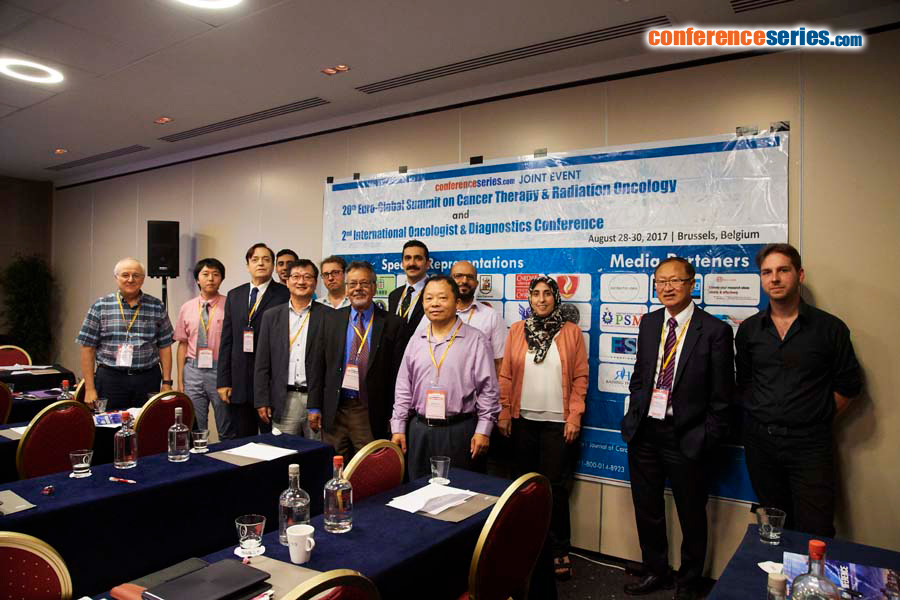
Fikri Selcuk Simsek
Firat University, Turkey
Title: Can we use more accurate parameters than SUVmax in mediastinal nodal staging in NSCLC
Biography
Biography: Fikri Selcuk Simsek
Abstract
Purpose: Mediastinal nodal staging (MNS) in NSCLC with FDG-PET/CT has been really problematic. For nodal staging, mostly SUVmax>2.5 or visual interpretation were used (in the past and now). But these parameters are insufficient and many patients go to invasive staging methods. We aimed determining 2 new parameters for MNS with FDG-PET/CT and targeted to reduce invasive methods.
Methods: Between 01/2013 to 12/2016, 27 patients underwent FDG-PET/CT before LN excision and histopathological examination. Total 113 LN were included in the study. Detailed reports of operation and pathology carefully examined, equivalent LN was found by re-examining PET/CT images with two nuclear medicine specialists. Decision was made with concensus.
Results: When cut-off LN SUVmax>2.5; SE, SP, PPV, NPV were 100%, %81.25, %68.8, %100 respectively; when cut-off >2.01 was taken for SUVmax LN/SUVmean Mediastinal Blood Pool (MBP) SE, SP, PPV, NPV and accuracy were 100%, 96.25%, 91.7%, 100% and 97.35%; when cut-off value was taken as >1.69 for SUVmax LN/SUVmean liver SE, SP, PPV, NPV and accuracy were found as 96.97%, 93.75%, 86.5%, 98.7% and 94.69%.
Conclusion: When 2.01 was used as a cut-off for SUVmax LN/SUVmean MBP and 1.69 for SUVmax LN/SUVmean liver were more useful than classic evaluation of MNS in PET/CT. These two parameters are compared first and are more useful. We think that if these parameters used for the evaluation of mediastinal lymph nodes in NSCLC, invasive procedures and morbidity maybe reduced, time and cost consumption maybe decreased; more accurate patient management can be achieved.




